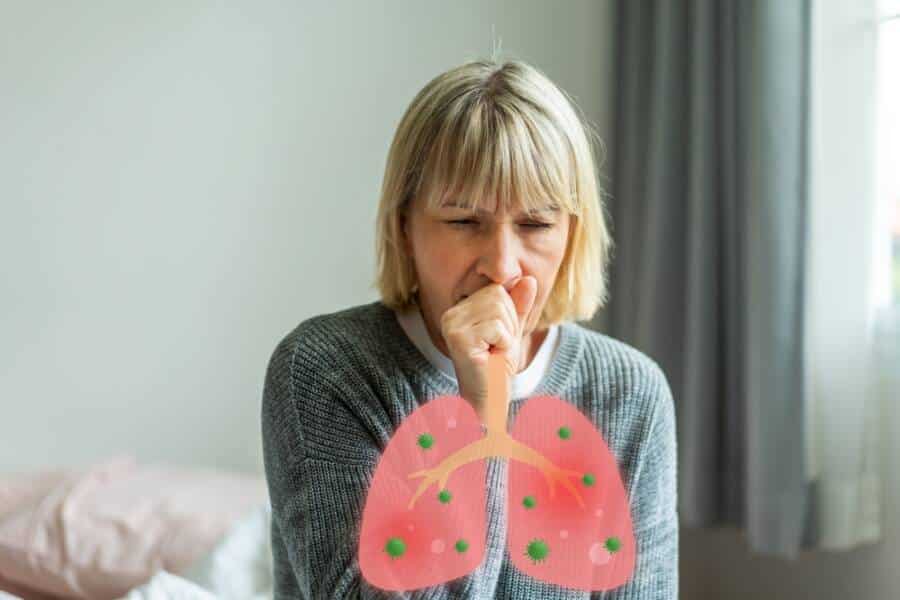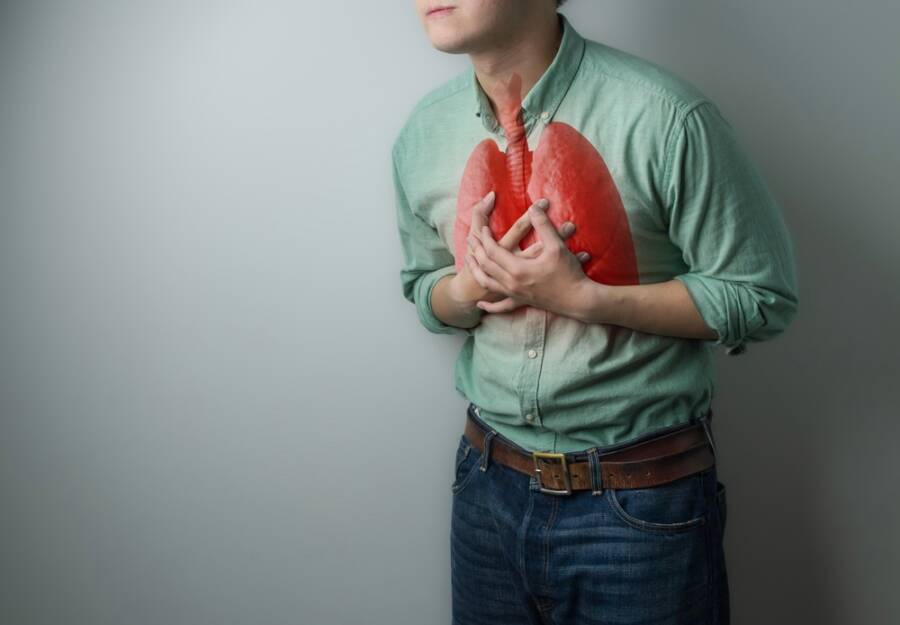For elderly people, respiratory diseases are quite complex and generally increasingly more dangerous. This automatically prioritizes understanding the symptoms of some of the most common respiratory diseases, which is quite important, especially since, in the wide majority of cases, early detection and treatment are very important in helping you live the longest, fullest, and most productive life you can.
Today, we will mention some of the most relevant respiratory diseases you might deal with as you grow older and a couple of things that should be known about them. If you’ve experienced any of these diseases, make sure you let us know!

Asthma
One of the most widespread respiratory diseases for seniors is definitely asthma, which is a condition characterized by wheezing, tight chest, difficulty breathing, and dry and hacking cough. It generally pops when the lungs’ airways become inflamed to a certain point where the breathing becomes difficult close to impossible.
This comes as a result of an allergic reaction to a certain “trigger”, like pollen or smoke. Even if asthma starts in childhood, adult-onset asthma can seriously affect people in their 60s and older. Luckily, asthma is reversible, and those who suffer from it can lead normal and active lives as long as they take the right medication.
COPD
Chronic compulsive pulmonary disease, also known as COPD, is a blanket term that covers a wide variety of diseases that generally damage the lungs and limit your capacity to exhale normally. It’s also characterized by shortness of breath, the inability to perform certain physical tasks without becoming completely winded, and a phlegm-producing cough, especially upon rising in the morning.
Just as asthma, it affects the airways, even if it might take years to develop, and for this reason, it’s quite difficult to diagnose. It’s oftentimes mistaken for the gradual aging and natural deterioration of lung function, even if this type of progressive disease marks irreversible consequences that can easily worsen to the point of making everyday activities very difficult.
Chronic bronchitis
Another form of chronic lung disease in the elderly that could easily affect the airways is chronic bronchitis, which produces a wide range of symptoms including chronic, wet, and productive cough.
This is also due to increased activity in the mucus glands of the airways, especially first thing in the morning. Even if it’s quite different from acute bronchitis, which is nothing but a temporary bacterial infection, chronic bronchitis is a form of COPD that keeps worsening over the course of years, especially if left untreated.
Acute bronchitis
As mentioned before, acute bronchitis is basically a temporary bacterial infection or a viral one. For bacteria alone, it might cause a specific type of infection of the airways that causes excess mucus to firm, which then has to be expelled through coughing.
If left untreated, acute bronchitis can transform in its chronic form, if the attacks are recurring. This is particularly true for smokers or others who are exposed to air contaminants causing this condition.
Emphysema
Generally caused by smoking, emphysema is quite a dangerous disease that affects the airways and air sacs in the lungs, which makes exhaling extremely difficult, if not impossible. It’s another form of COPD that occurs over time when alveoli can’t repair themselves from exposure to contaminants.
However, emphysema takes many years to develop and doesn’t have any cure. The best advice for any smoker out there is to quit as soon as possible to prevent worsening symptoms.
Lung cancer
This is the leading cause of death in the US, for both men and women. Not only does it affect the air sacs of the lungs, but if left unchecked, it can easily spread throughout the body. It’s also quite difficult to detect, and can easily start in any given area of the lungs, especially when DNA mutations cause irregular cells to multiply uncontrollably.
In some cases, the symptoms can take years to develop and could include a chronic cough, wheezing, various changes in tone, and coughing up blood. Besides smoking and secondhand smoking, it can be caused by prolonged exposure to asbestos, diesel exhaust, radon, radiation, and other types of airborne contaminants.
Cystic fibrosis
Cystic fibrosis is a well-known genetic condition that clogs the airways of those who suffer from thick and sticky mucus that ultimately leads to dangerous and recurring bacterial infections in the lungs. It can also obstruct the pancreas, which then inhibits nutritional uptake.
Even if most cases are diagnosed by age 2, around 25% of cases go undetected and are mainly characterized by salty-tasting skin, poor growth in younger years, and a chronic cough.

Tuberculosis
Caused by exposure to the mycobacterium tuberculosis bacteria, tuberculosis is a specific form of pneumonia that can affect the lung’s alveoli, also known as air sacs. It’s extremely contagious, and can easily spread to other areas of the body, such as the spine and the brain.
Before, it was the leading cause of death in the United States, but now, the wide majority of cases are cured with antibiotics, with treatment that generally takes between 6 and 9 months.
Pulmonary edema
Pulmonary edema is yet another disease that affects the lung’s alveoli and interstitium, which are the thin linings between the alveoli. It appears when fluid leaks from blood vessels into the areas around the alveoli, which makes it very difficult to breathe. It’s either caused by back pressure in the lungs caused by heart failure, or by an injury to the lungs that can damage the blood vessels and cause them to leak.
Pulmonary embolism
This disease affects blood vessels, and it’s caused by a blood clot (generally from deep in a leg vein) that breaks off and travels to the heart, then into the pulmonary arteries of the lungs. This can also cause shortness of breath and low oxygen levels, especially since the pulmonary arteries are responsible for carrying blood into the lungs to distribute oxygen through the body, which can’t happen efficiently when the arteries are blocked.
Pulmonary hypertension
This is a life-threatening condition that affects the pulmonary arteries and can also cause high blood pressure. Even if it’s genetic, doctors sometimes are confused as to what causes it, which could include anything from blood clots to congestive heart failure, all the way to drug use and sleep apnea.
Even if the symptoms don’t show up right away, they definitely worsen over time and can include shortness of breath during activity, chest pains, fatigue, and swelling of the ankles.
ARDS
Acute respiratory distress syndrome, also known as ARDS, is the sudden and severe damage of the alveoli caused by a difficult illness like COVID-19. It can be quite life-threatening, and often requires the help of a ventilator, especially during the recovery process.
Pneumonia
Pneumonia is a bacterial, viral, and fungal infection that basically causes the alveoli and interstitium areas of the lungs to fill with fluid, which makes it extremely difficult to breathe. Some of the most important symptoms include fever, chills, shortness of breath, and a chronic, wet, and quite painful cough.
Seniors, especially those who are smokers, are susceptible to this life-threatening illness. For those of you who are over 65 and suffer from a chronic illness, a pneumococcal pneumonia vaccine along with other flu shots, hand washing, and extra care during flu season is definitely recommended.
If you found this article useful, we also recommend checking: 7 Delicious Foods to Help Relieve Constipation














One Response